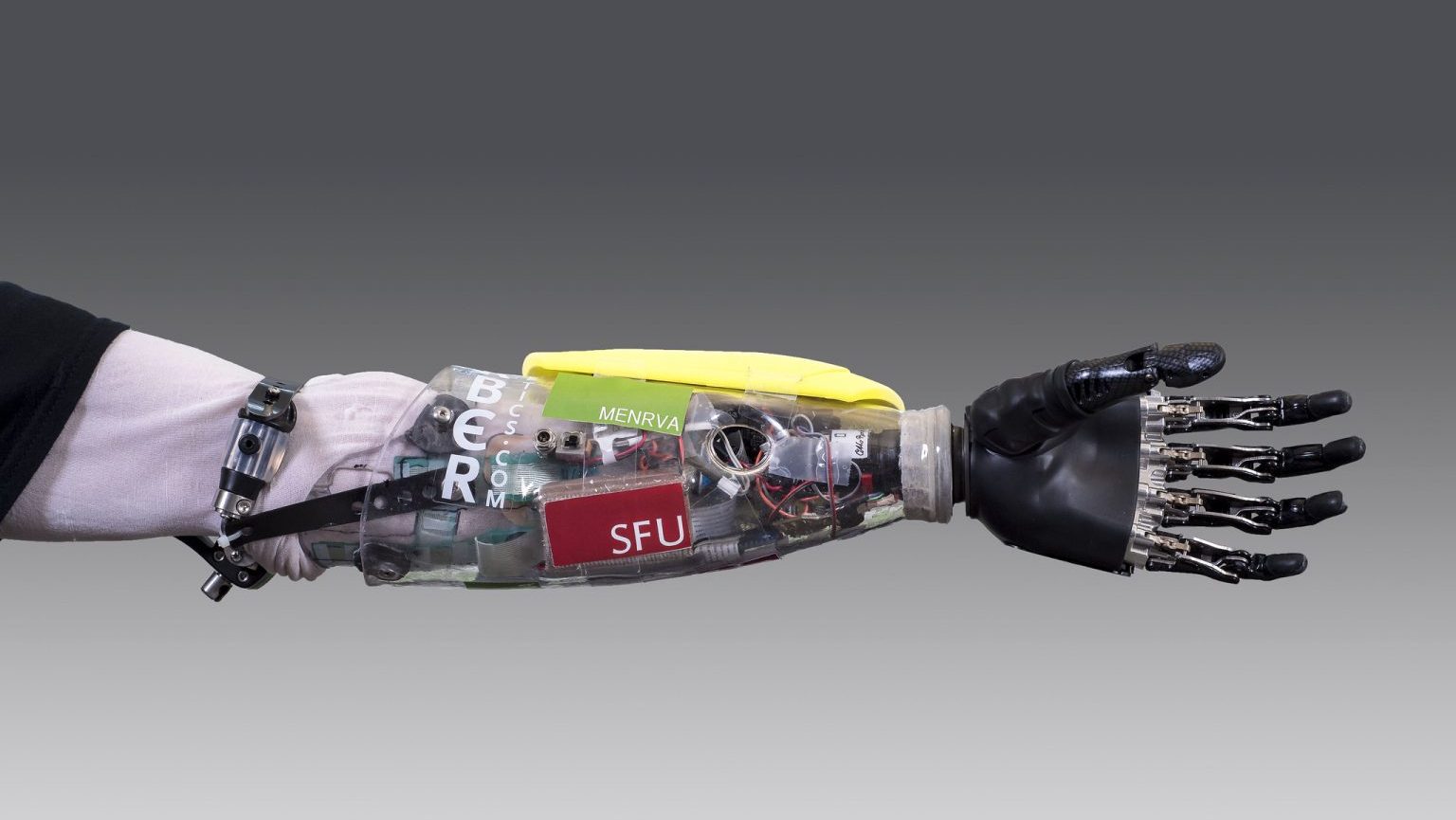The Technology We Don’t See

What’s the Big Idea?
The goal of technology is to make itself disappear bit by bit.
Most major innovations in consumer technology are measured by their ability to make existing products smaller, easier to use and a little less intrusive on our lives. Over time, a series of advances – when done right – gradually pushes a product deeper and deeper into the background for the user.
Take music players as an example. Just a couple decades ago, if you wanted to hear a song, you had to carefully cue it up on a record player. The technology shrank – to CD players, to mp3 players – and now the music player itself has largely disappeared. Instead of cuing up a record, you can now speak the name of a song into your phone and it will start playing.
There was a time where you could see and hear the Internet as well. In fact, logging online used to be an event. It required some scheduling in advance as only one person in a household could be signed on at once (unless you had multiple phone lines). It took time for the modem to connect, during which you would listen to the mechanical symphony that was dial up. Now, the Internet is in the ether; our devices are immersed in it at all times and so are we. The Internet has quite literally disappeared into background of our lives.
We’re seeing this trend accelerate right now across a range of products and industries, thanks in part to a new technology with the fitting name augmented reality. Put simply, augmented reality uses cameras to superimpose the digital world over the physical world. This is the technology that allows you to look up constellations overhead using an Android phone, or scan books and other products in front of you to pull up reviews and prices online.
Google’s new digital glasses are probably the most notable example of this technology. The as yet unreleased product, dubbed Google Glass, lets you make calls, search the web, take pictures and more just by wearing a pair of super high-tech glasses. In other words, you no longer need to carry around other gadgets like phones and cameras. The gateway to the digital world will be right under your nose – or on top of your nose, as the case may be.
As Pranav Mistry, one of the pioneers of augmented reality, put it in a 2009 TED Talk, “We are looking to an era where computing will actually merge with the physical world.” As a result, a ton of technology is on the verge of disappearing into the background of our lives in exactly the same way the Internet has.
What’s the Significance?
There’s no doubt that consolidating technology in this way has the potential to make our day-to-day lives more efficient. Going forward, you will be able to accomplish much more with fewer gadgets, and those gadgets you do have will be integrated into your life in a much more seamless and intuitive way.
Mistry suggested in his TED Talk that the more we can merge technology with the physical world through augmented reality, the more connected we will feel to the world around us. “It will help us not to be machines sitting in front of other machines,” he said.
It’s certainly an attractive idea. Imagine a future where we are no longer stuck behind computer screens and smartphone screens because the computing power of those devices has been unlocked. If you want to play a computer game with a friend, the two of you can meet and use this technology to superimpose the game on the sidewalk so you can actually play together rather than from behind two screens. If you want to capture a moment on film, you can just command your glasses to take a picture, rather than having to stop and pull out the camera and be stuck behind yet another screen.
The downside though is that we run the risk of turning our entire world into a screen. At the moment, you still have to make a conscious choice about whether to be plugged in or not. You have to pull out a phone or tablet, and choose to tweet or take a picture or look up something online. The danger of these technologies increasingly disappearing into the background is that this choice becomes less and less obvious. In the future, we will just always be connected to the digital world wherever we go, perhaps at the expense of being connected to the physical world.
It’s impossible to know exactly what the implications of this will be, but we can see some hint of this in the way we use smartphones today. A few years ago, we knew when we were online because we had to sit down at a computer and open up the Internet. Today, we take the Internet with us wherever we go. Even if we’re not explicitly browsing the web, information is constantly being blasted to our phone. While it’s more efficient, for some it also serves as an eternal distraction from the world around them.
The question going forward then is as digital technology disappears into the background – as the very divide between the digital and physical world disappears – will we be able to preserve the idea of being offline? Or will this disappear as well?





